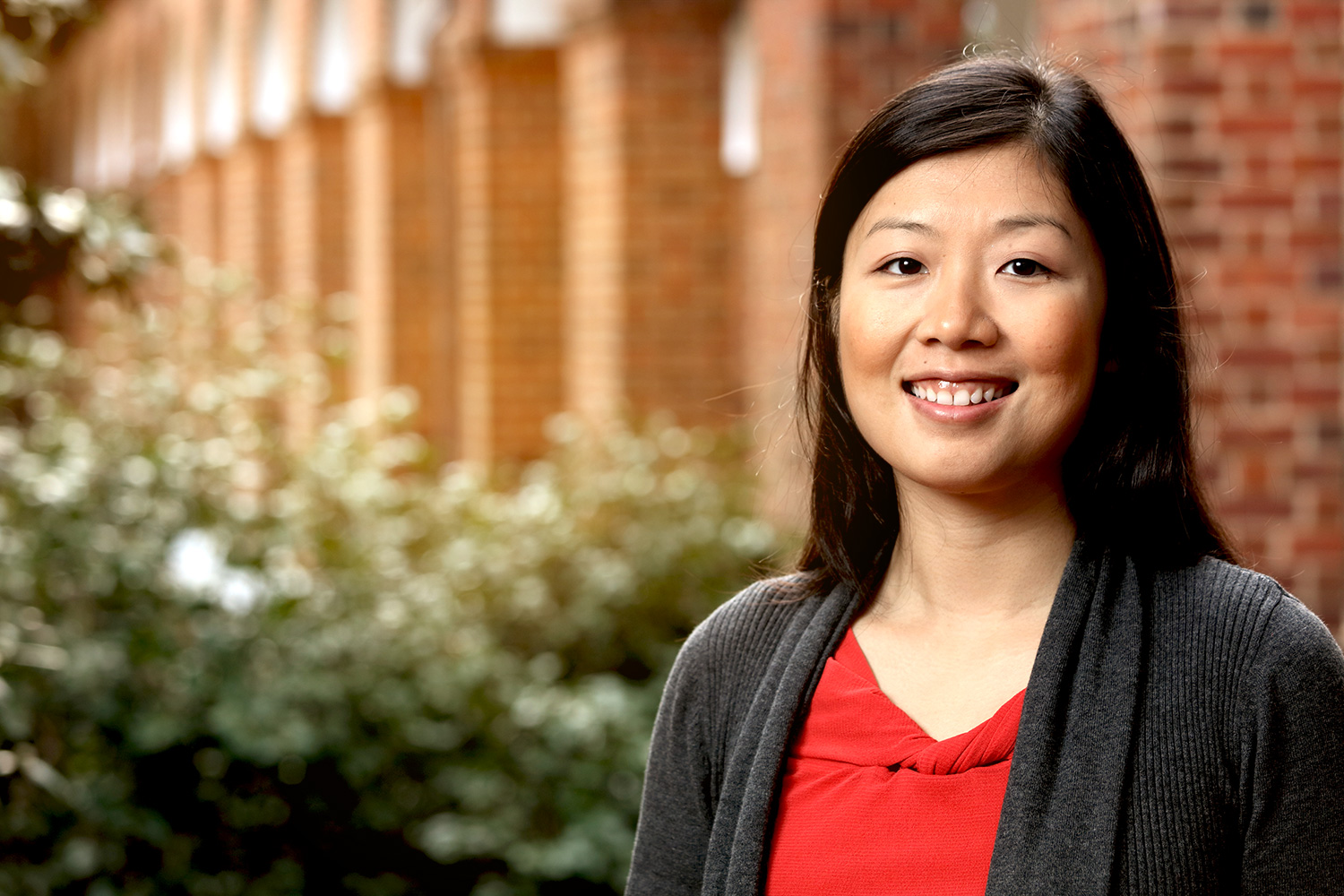After spending hundreds of billions of dollars over the last decade on new roads, one fact is abundantly clear: As a nation, we are never going to build ourselves out of traffic congestion. The draw of the city is too powerful. The millennials’ migration to central business districts is just the latest twist in a century-long shift from rural to urban.
“Urbanization has been great for the economies of cities, but not for their traffic,” said Donna Chen, an assistant professor of civil and environmental engineering at the University of Virginia’s School of Engineering and Applied Science. “In many cities, gridlock is a way of life.”
In response, transportation planners like Chen have focused on making better use of existing infrastructure, adopting such techniques as dynamic congestion pricing lanes – where tolls for designated lanes are continually adjusted according to traffic conditions to maintain a free-flowing level of traffic – now being used on Washington, D.C.’s Capital Beltway to encourage people to change their driving behavior.
Given the magnitude of the challenge, however, the impact of these approaches has been limited. The answer, Chen said, is to go beyond simply changing behavior to changing drivers’ fundamental assumptions about transportation.
In the convergence of three emergent technologies – mobile computing, autonomous vehicles and electric vehicles – Chen believes she has the tools to do exactly that.
Carsharing 2.0
“In urban areas not well-served by mass transit, most people feel that their only alternative is to own a car,” Chen said. “But from a public and personal point of view, this is not an efficient use of resources.”
Having made the upfront investment, most consumers don’t consider the cost of each trip they take or whether they are using their investment efficiently. In fact, the amount of time an individual car is on the road pales in comparison to the time it spends in parking lots and garages, consuming vast amounts of public space.
Chen’s research is inspired by the rise of the shared-use economy and, in particular, the example of carsharing companies like ZipCar. Her goal is to refine these models so they provide the on-demand convenience of car ownership without the drawbacks.
“Carsharing has really taken off in some urban areas because it is more flexible than mass-transit and less expensive than private-vehicle ownership,” Chen said. She notes that its popularity has been limited by such issues as the need for users to walk to the nearest carshare vehicle.
Chen has turned to autonomous car technology like that being developed by Google or Apple for a solution. In Chen’s carsharing system of the future, a rider would use a smartphone app to call an autonomous vehicle to a location. Once the rider reaches the destination, he releases the vehicle, which then drives autonomously to the next customer’s location. Chen envisions trip optimization software that would minimize the travel time between the end of a trip and the beginning of the next.
The benefits of this system are enhanced when Chen adds the third new technology to her system: electric vehicles. Removing privately owned gasoline-powered vehicles from the roads and replacing them with electric carshares could help regions achieve national- and state-level air quality standards for ozone and particulate matter and reduce carbon emissions. Electric vehicles are also well-suited to the short trips typical in urban settings.
Model Carsharing in Virtual Austin
Chen has been conducting a series of modeling studies to assess the feasibility of her ideas. For instance, to identify the factors that determine fleet size in a city modeled after Austin, Texas (where Chen earned her doctorate), she created an agent-based model, which works much like the video game SIM City. She found that fleet size is sensitive to battery recharge time and vehicle range. Carshare systems need fewer cars when they use fast-chargers and cars with 200-mile range.
On the basis of these studies, Chen concludes that for low- to average-mileage households, autonomous, electric carsharing networks are a competitive alternative to private car ownership. They also compare favorably to manually driven carsharing services. She also determined that using wireless induction charging, rather than corded chargers that require an attendant, was critical in making electric shared autonomous vehicles price competitive with their gasoline-powered counterparts.
“The models help us learn more about how the systems might work before we put them in practice,” Chen said. “They will also help us understand the impact of the technology as it improves.”
Media Contact
Article Information
June 8, 2016
/content/new-technologies-may-jumpstart-carsharing

